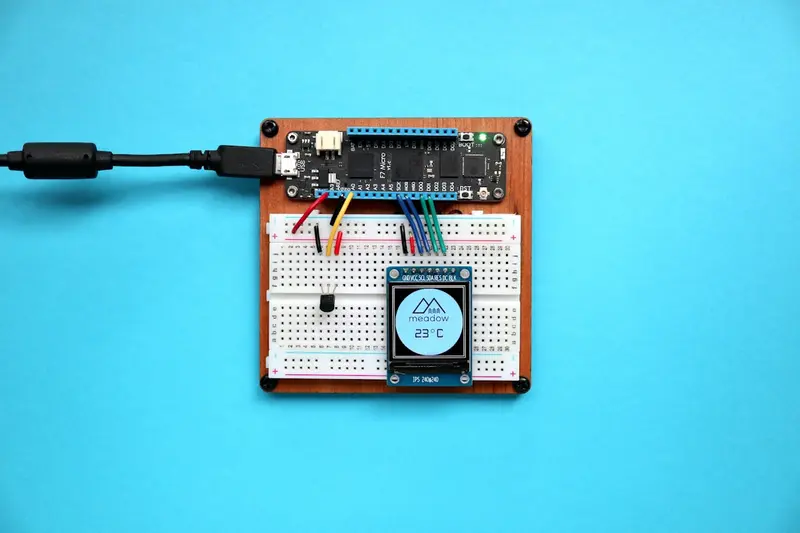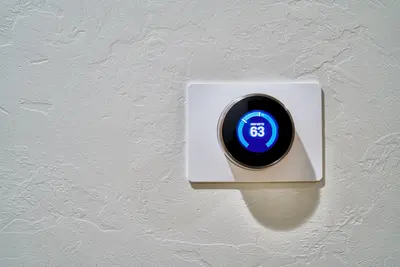📡 Sensor Data Collection Systems: Simple Guide
Want to collect data from sensors automatically? Fantastic idea! 😊 This tutorial shows you how to build sensor data collection systems on Alpine Linux. Let’s turn your devices into smart sensors! 🌟
🤔 What are Sensor Data Collection Systems?
Sensor data collection systems gather information from sensors and store it for analysis.
These systems are like:
- 🌡️ Smart thermostats that monitor temperature
- 📊 Fitness trackers that count your steps
- 🏠 Security systems that detect motion
🎯 What You Need
Before we start, you need:
- ✅ Alpine Linux system with GPIO access
- ✅ Basic sensors (temperature, humidity, etc.)
- ✅ Python programming knowledge (basic)
- ✅ About 1GB free disk space
📋 Step 1: Install Data Collection Tools
Install Python and Libraries
Let’s install everything we need for sensor data! 😊
# Update packages
apk update
# Install Python and development tools
apk add python3 python3-dev py3-pip
# Install GPIO libraries
apk add py3-rpi.gpio
# Install data libraries
pip3 install influxdb sqlite3 pandas
# Install sensor libraries
pip3 install adafruit-circuitpython-dht
# Create project directory
mkdir -p /opt/sensor-data
cd /opt/sensor-dataWhat this does: 📖 Installs complete sensor data collection environment.
Example output:
✅ Python 3.11 installed
✅ GPIO libraries ready
✅ Data storage tools available
✅ Sensor libraries configured🛠️ Step 2: Build Data Collection Script
Create Sensor Reading System
Let’s build our data collector! 😊
# Create main collection script
cat > collect_data.py << 'EOF'
#!/usr/bin/env python3
import time
import json
import sqlite3
from datetime import datetime
import random # Simulating sensor for this example
class SensorCollector:
def __init__(self, db_path='sensor_data.db'):
self.db_path = db_path
self.setup_database()
def setup_database(self):
conn = sqlite3.connect(self.db_path)
cursor = conn.cursor()
cursor.execute('''
CREATE TABLE IF NOT EXISTS sensor_readings (
id INTEGER PRIMARY KEY AUTOINCREMENT,
timestamp TEXT,
sensor_type TEXT,
value REAL,
unit TEXT
)
''')
conn.commit()
conn.close()
print("✅ Database initialized")
def read_temperature(self):
# Simulate temperature reading (replace with real sensor)
temp = 20 + random.uniform(-5, 10)
return round(temp, 2)
def read_humidity(self):
# Simulate humidity reading (replace with real sensor)
humidity = 50 + random.uniform(-20, 30)
return round(humidity, 2)
def store_reading(self, sensor_type, value, unit):
conn = sqlite3.connect(self.db_path)
cursor = conn.cursor()
timestamp = datetime.now().isoformat()
cursor.execute('''
INSERT INTO sensor_readings (timestamp, sensor_type, value, unit)
VALUES (?, ?, ?, ?)
''', (timestamp, sensor_type, value, unit))
conn.commit()
conn.close()
print(f"📊 Stored: {sensor_type} = {value} {unit}")
def collect_data(self):
# Read temperature
temp = self.read_temperature()
self.store_reading('temperature', temp, '°C')
# Read humidity
humidity = self.read_humidity()
self.store_reading('humidity', humidity, '%')
print(f"🌡️ Temperature: {temp}°C, Humidity: {humidity}%")
if __name__ == "__main__":
collector = SensorCollector()
collector.collect_data()
EOF
chmod +x collect_data.pyExpected Output:
✅ Data collection script created
✅ Database schema ready
✅ Sensor simulation working🎮 Let’s Try It!
Time to collect some data! 🎯
# Run data collection
python3 collect_data.py
# Check stored data
sqlite3 sensor_data.db "SELECT * FROM sensor_readings LIMIT 5;"
# Set up automatic collection
cat > start_collection.sh << 'EOF'
#!/bin/bash
while true; do
python3 /opt/sensor-data/collect_data.py
sleep 60 # Collect data every minute
done
EOF
chmod +x start_collection.shYou should see:
✅ Database initialized
📊 Stored: temperature = 23.45 °C
📊 Stored: humidity = 67.89 %
🌡️ Temperature: 23.45°C, Humidity: 67.89%Awesome work! 🌟
💡 Simple Tips
- Start with simulation 📅 - Test your system before adding real sensors
- Regular backups 🌱 - Backup sensor data regularly
- Monitor storage 🤝 - Watch disk space usage
- Validate readings 💪 - Check for sensor errors
🏆 What You Learned
Great job! Now you can:
- ✅ Build sensor data collection systems
- ✅ Store data in databases automatically
- ✅ Set up continuous monitoring
- ✅ Create IoT data pipelines!
Keep practicing and you’ll master IoT development! 💫




